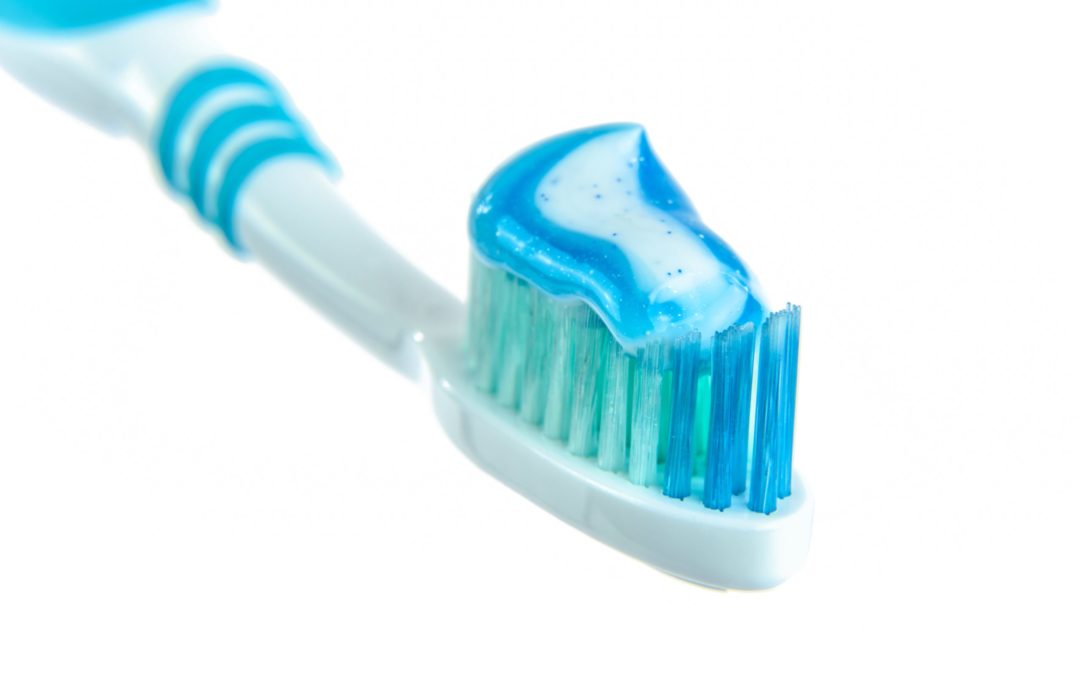Gum disease, or periodontal disease, can be incredibly difficult to manage. Periodontal disease refers to an infection in the tissue that surrounds your teeth. Mild cases can result in discomfort, bleeding, and bad breath. If serious, it can cause tooth loss. Gum disease is often undetectable as it is painless and caused by subtle plaque build-up.
This condition can be reversible, depending on the severity. Daily care is necessary for reversal. Consulting with your local dentist can open doors to a number of options for reversing the disease.
What Causes Gum Disease?
Gum disease results from bacteria in the mouth, often due to plaque and tartar build-up. Maintaining dental health is key. Visiting a dentist regularly as well as brushing and flossing every day can prevent this bacteria build-up.
There are other factors that can cause or intensify this build-up. Risk factors include:
- Smoking
- Diabetes
- Certain prescription medications that reduce saliva flow
- Genetics
- Hormonal changes
- Treatments for other maladies, such as treatment for AIDS and cancer
Some, but not all of these risk factors can be within your control. If you continue to introduce risk factors into your life, however, the chance of reversing the infection decreases.
The Escalation of Gum Disease
There are two essential components to gum disease: Gingivitis and Periodontitis.
Gingivitis results from plaque and tartar build-up. It refers to an inflammation of the gums and is milder than periodontitis. Reversing gingivitis can be simple. It can be as easy as improving your daily dental care system and visiting a dentist regularly.
Periodontitis is more severe than gingivitis. It’s what happens when gingivitis is left untreated. The gums begin to pull away and to form infected pockets in the mouth where bacteria breeds. This becomes periodontitis. It affects not just the gums, but the teeth, bones, and connective tissue.
Treatments for Gum Disease
When you visit a professional about gum disease, they will often probe for pockets in the mouth. These can indicate infection. They also utilise x-ray and other technology to investigate further. The proper physician to consult for this issue is a periodontist.
The range of treatment options is large. It includes medication, dental cleaning, surgery, and daily upkeep, in addition to decreasing risk factors.
Dental Cleaning
The major cleaning that most dental hygienists perform on individuals with gum disease involves scaling and root planning.
Scaling and root planning are part of the process of removing plaque in the mouth, as well as in problem areas where bacteria may grow. This helps to rid the mouth of the infection.
Medication
Medication is also an option and is often prescribed in conjunction with deep cleaning. These medications include antibiotic gels, enzyme suppressants, and even prescription antimicrobial mouth-rinse.
Some of these medications simply slow or control the disease. Others facilitate post-surgery healing. Some are long term treatments while some are short. The wide range of medicine allows doctors to prescribe the perfect choice for each patient.
Surgery
There are several procedures that reverse gum disease. Two common surgeries are flap surgery and bone and tissue grafts.
Flap surgery involves lifting the gums back to remove tartar in deep pockets. Bone and tissue grafts improve bone and tissue growth.
Dentists will often recommend surgery once they’ve exhausted other options. If the disease persists despite deep cleaning and medication, surgery is often the next course of action.
Daily Care
Reducing risk factors like smoking is one of the first steps to reversal. Brushing and flossing daily are necessary for slowing, stopping, and reversing gum disease.
Most likely daily upkeep alone won’t do the trick itself, but surgery or deep cleaning won’t quite reverse it either without this daily care.
Reverse Gum Disease Today
Gum disease isn’t as bleak as many make it out to be. There are myriad options available to treat it, including surgery, deep cleaning, and medication. With proper dental care and treatment, re-gaining happy, healthy gums is possible.

